French Angelfish
$139.99
-
Select Variant
A French Angelfish is among the most popular angelfish types. The face is pale dusky blue with eyes covered in white and yellow. The body is dark blue and has yellow margins of the scale that give the French Angelfish a dappled appearance. A yellow smudge is visible on the pectoral fin. The gill cover is yellow with a yellow edge.
A 250-gallon or larger tank is recommended and should include plenty of live rock to hide and for grazing. A poor choice for reef tanks The French Angelfish is known to nibble at sessile marine invertebrates (soft or stone corals) and clam mantles and is also known to dominate the water.
The diet of French Angelfish should comprise of Spirulina as well as marine algae. occasionally, high-quality angelfish recipes that contain sponge matter and mysis, or frozen shrimp. It is recommended to feed it at least 3 times per day.
The Small Juvenile is likely to have the Juvenile coloring or change color to an adult in the teen years while the Medium is a sub-adult and the Large colored in Adult coloration.
Approximate Purchase Size: Juvenile Tiny: 1/2" to 1"; Small 1" to 1 1/2"; Medium 1 1/2" to 2 1/4"; Large 2 1/4" to 3 1/4"; Changing: Medium: 2" to 3"; Medium/Large: 3" to 3-1/2"; Large: 3-1/2" to 4"; XLarge: 4" to 4-1/2"; Adult Small: 3" to 3-1/2"; Small/Medium: 3-1/2" to 4"; Medium: 4" to 5";Medium/Large: 5" to 6" Large: 6-1/2" to 7"; Extra Large: 7" to 7-1/2"
- Description
- Additional Information
- Reviews
General information regarding French Angelfish
The French Angelfish is widely recognized as a popular angelfish species. Its face features pale dusky-blue coloring with eyes rimmed in white and yellow. The body exhibits dark blue hues with orange-edged scales, creating a dappled appearance. A yellow smudge accents its pectoral fin, while the gill cover sports a yellow border.Origin
Native to the western Atlantic Ocean from Florida to Brazil, including the Gulf of Mexico and the Caribbean Sea, including the Antilles.Tank Requirements
A tank of 250 gallons or larger is essential, providing ample live rock for grazing and hiding.Diet and Nutrition
French Angelfish are primarily omnivorous, feeding on algae, sponges, zoanthids, bryozoans, tunicates, and gorgonians in the wild. In captivity, juveniles are fed a diet of detritus and algae, while adults benefit from a mix including sponges and vegetables. Feed at least four times daily to accommodate their grazing habits.Reef Compatibility
Not suitable for reef tanks due to a tendency to nip at sessile invertebrates such as soft and stony corals, and clam mantles. It can also dominate the aquarium environment.Tank Requirements
A tank of 250 gallons or larger is necessary, equipped with ample live rock for hiding and grazing.Reef Compatibility
Not suitable for reef tanks due to a tendency to nip at sessile invertebrates like soft and stony corals, as well as clam mantles. It may dominate the tank.Diet and Nutrition
French Angelfish are primarily omnivorous, feeding on algae, sponges, zoanthids, bryozoans, tunicates, and gorgonians in the wild. In captivity, juveniles are fed a diet of detritus and algae, while adults benefit from a mix including sponges and vegetables. Feed at least four times daily to accommodate their grazing habits.Care Guide
Appearance and Features
The French Angelfish boasts a distinctive pale dusky-blue face with yellow and white-rimmed eyes. Its body is characterized by dark dusky-blue coloring with yellow-edged scales, creating a dappled pattern. A yellow smudge accents its pectoral fin, and its gill cover features a yellow rim.Size and Growth Stages
- Juvenile Small: 1" to 1 1/2"
- Medium: 1 1/2" to 2 1/4"
- Large: 2 1/4" to 3"
- Adult Small: 3" to 3-1/2"
- Small/Medium: 3 1/2" to 4"
- Medium: 4" to 5"
- Medium/Large: 5" to 6"
- Large: 6" to 7"
- XLarge: 7" to 8"
- XXLarge: 8" to 9"
Links to follow:
size
Large, Medium, Small
Units
1
Weight
6 lbs
Dimensions
1 × 1 × 1 in

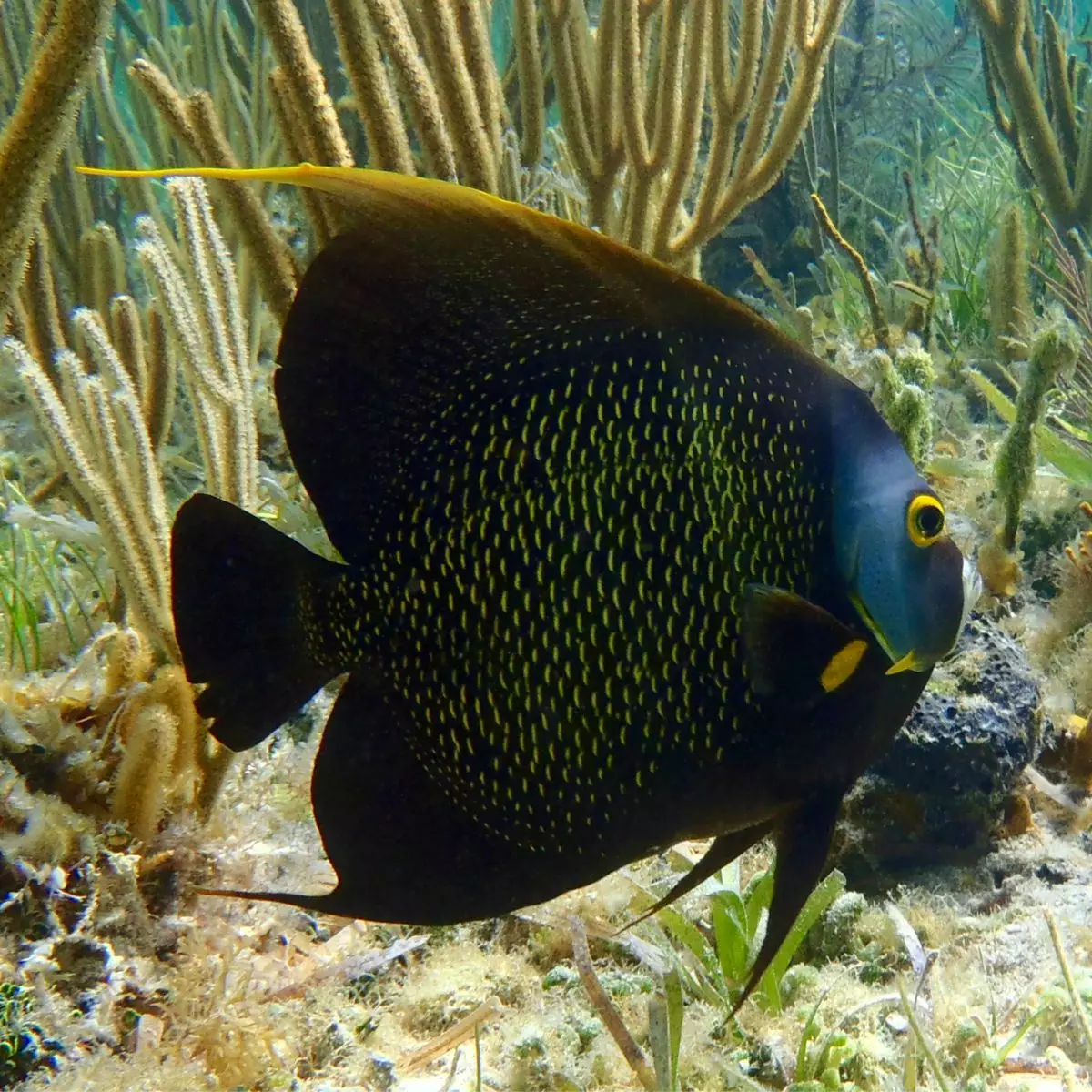
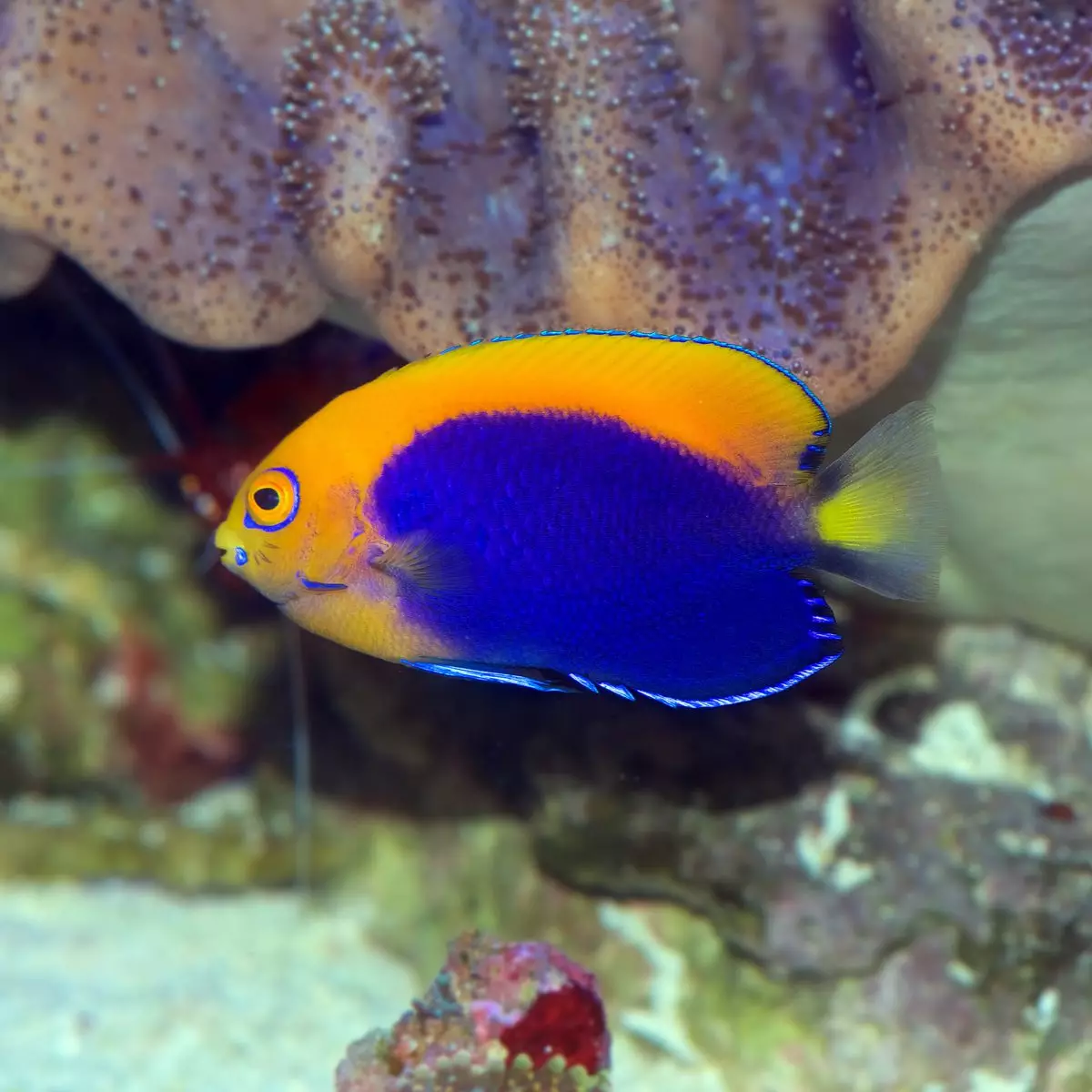
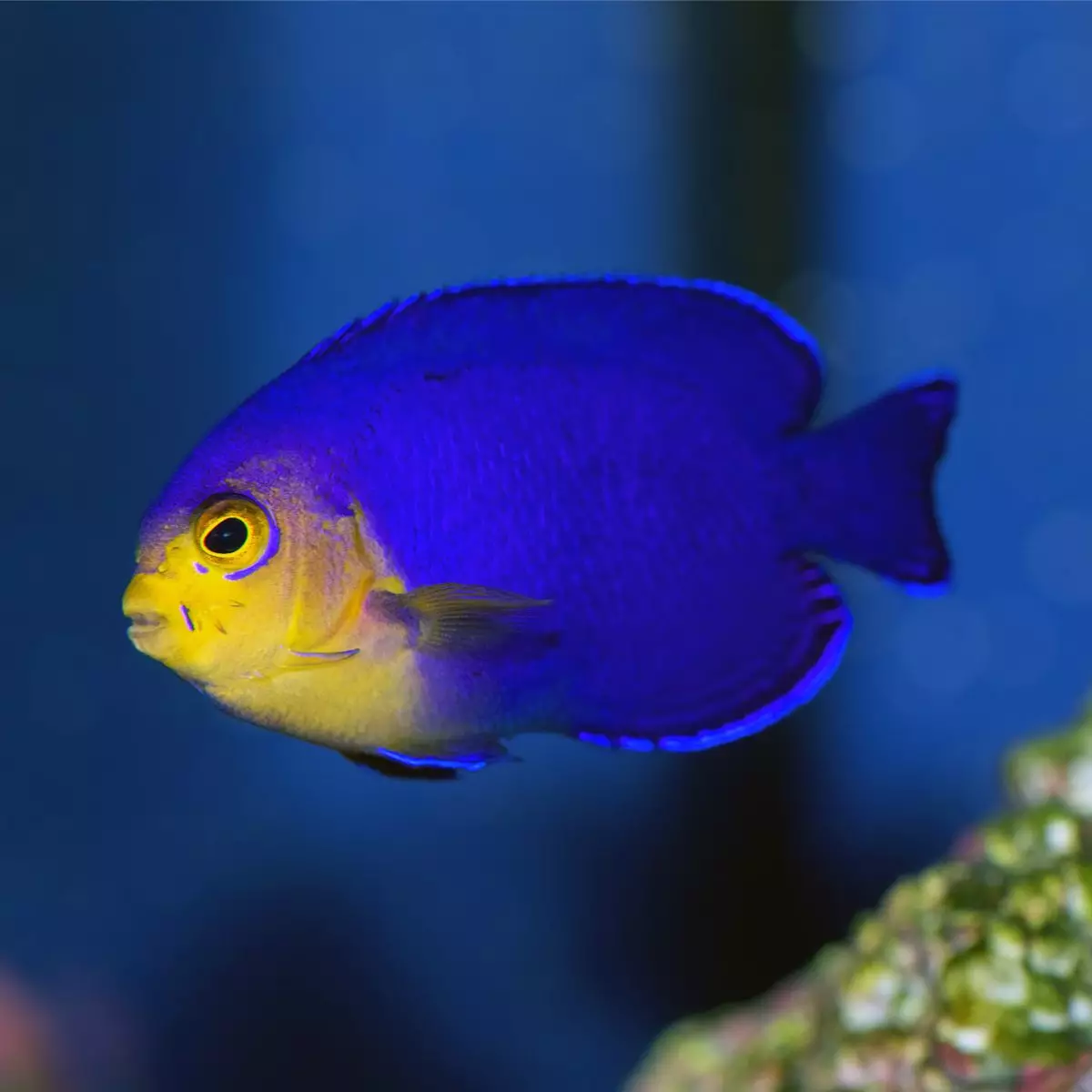
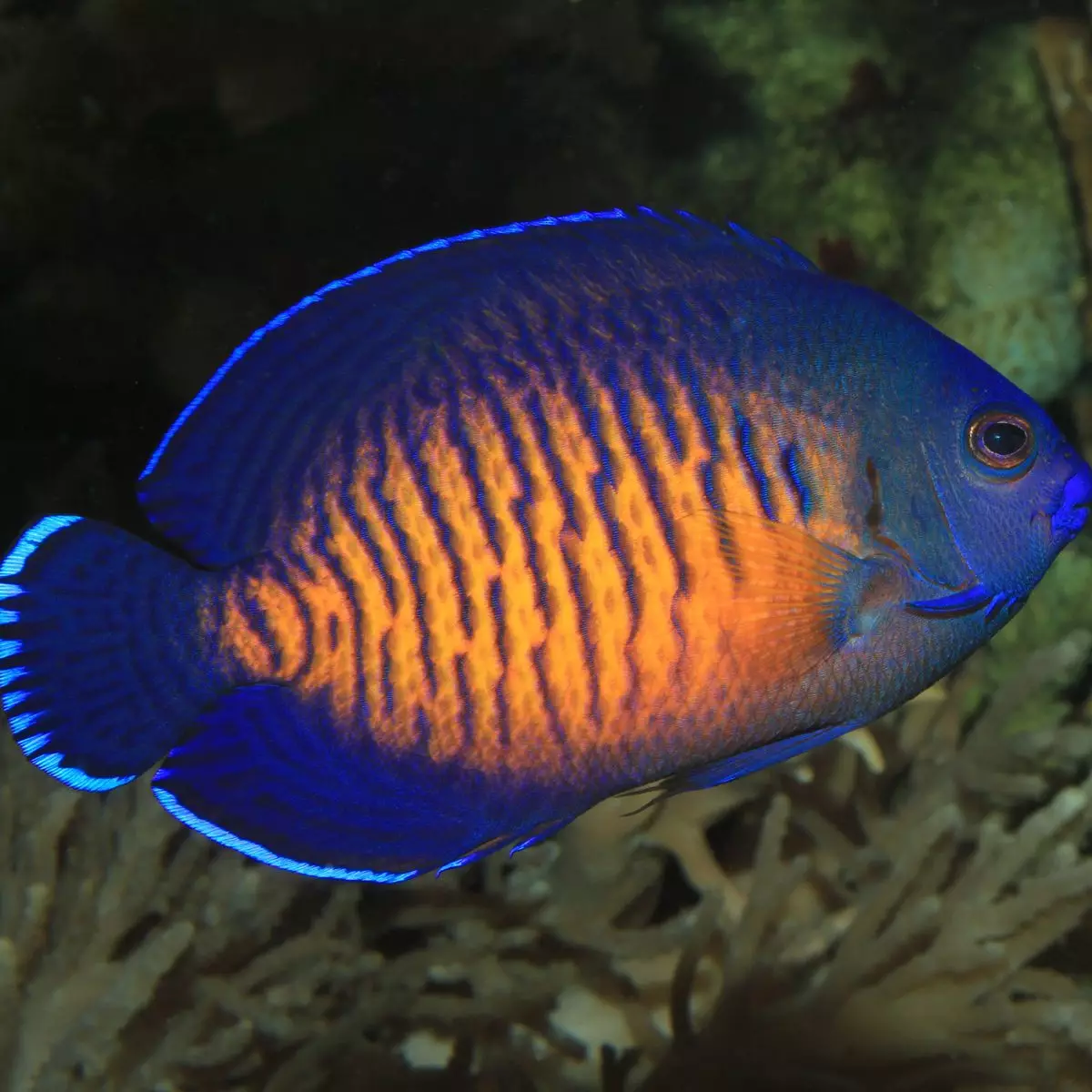
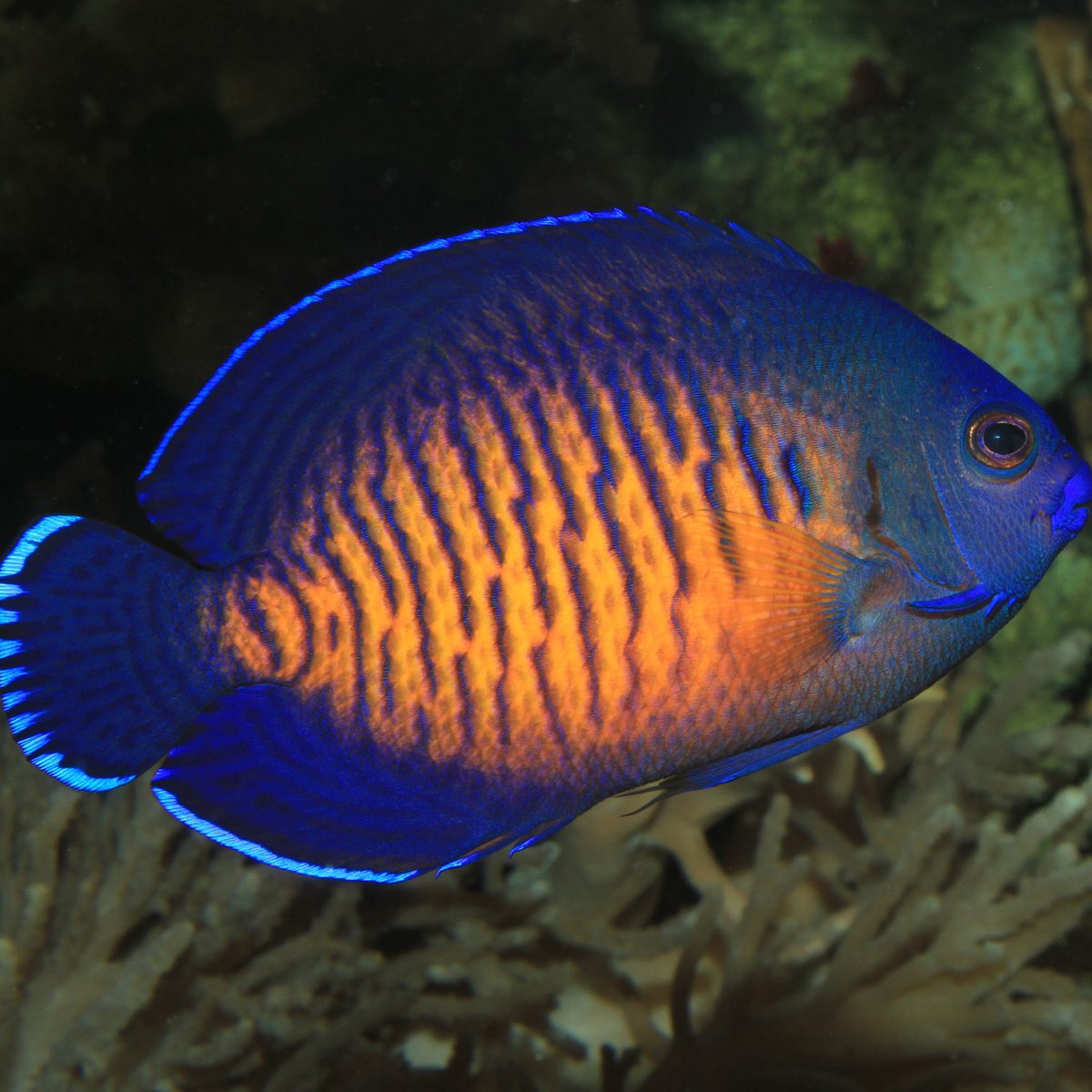
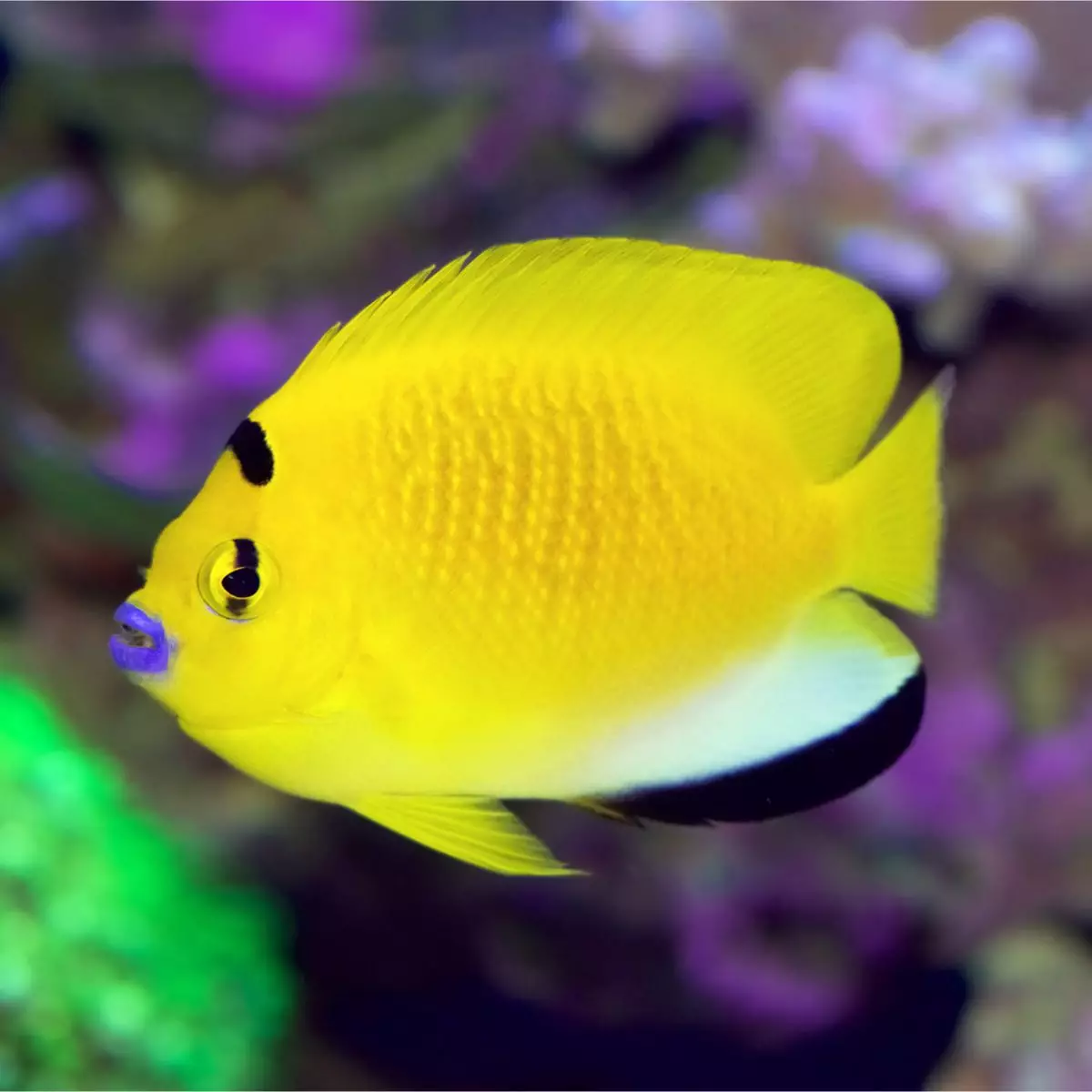
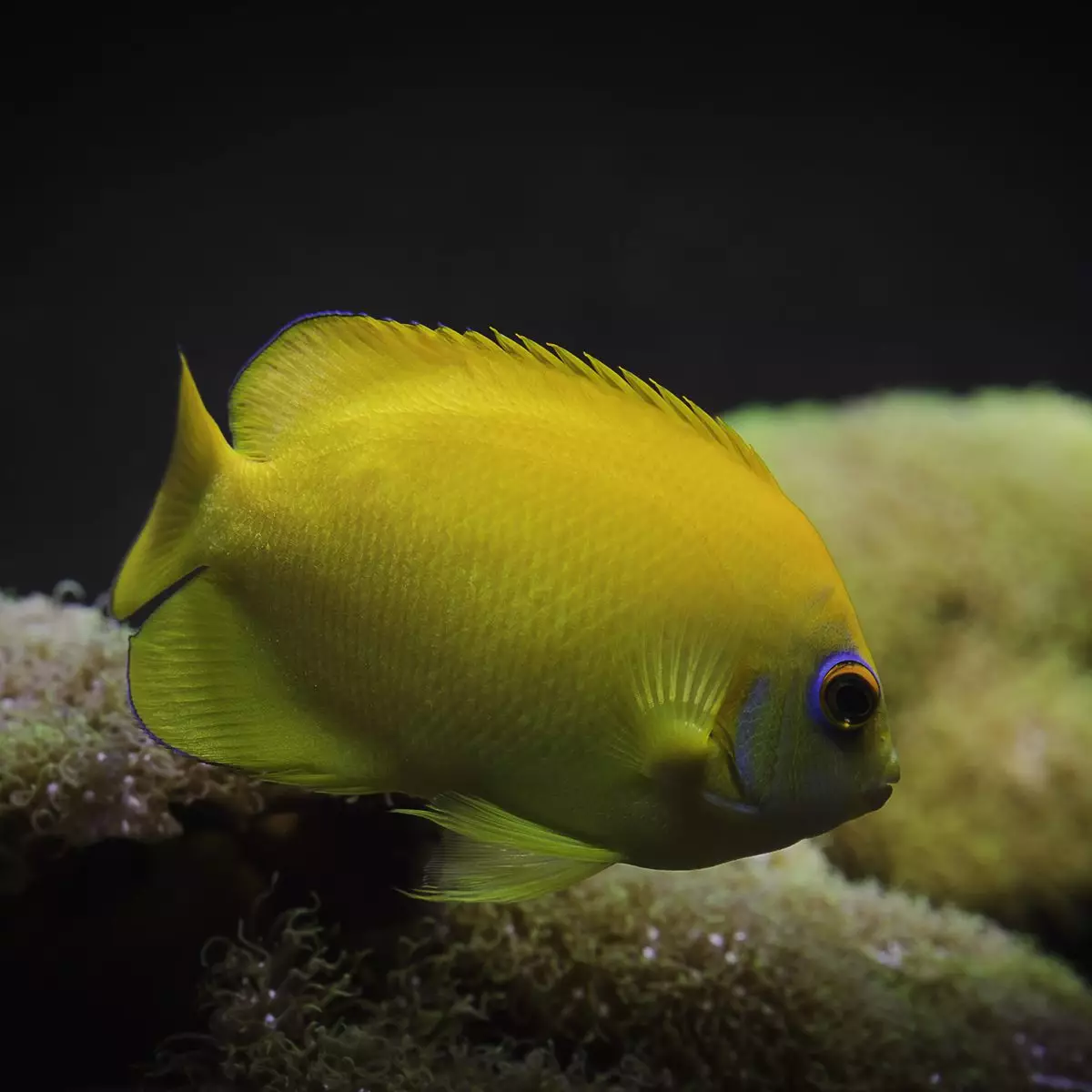
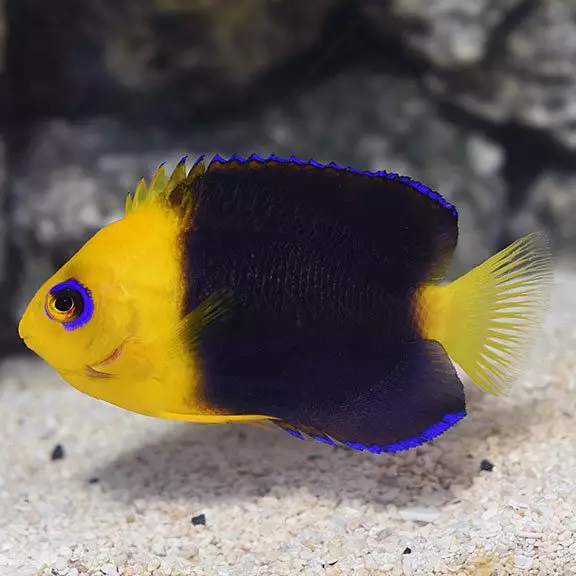
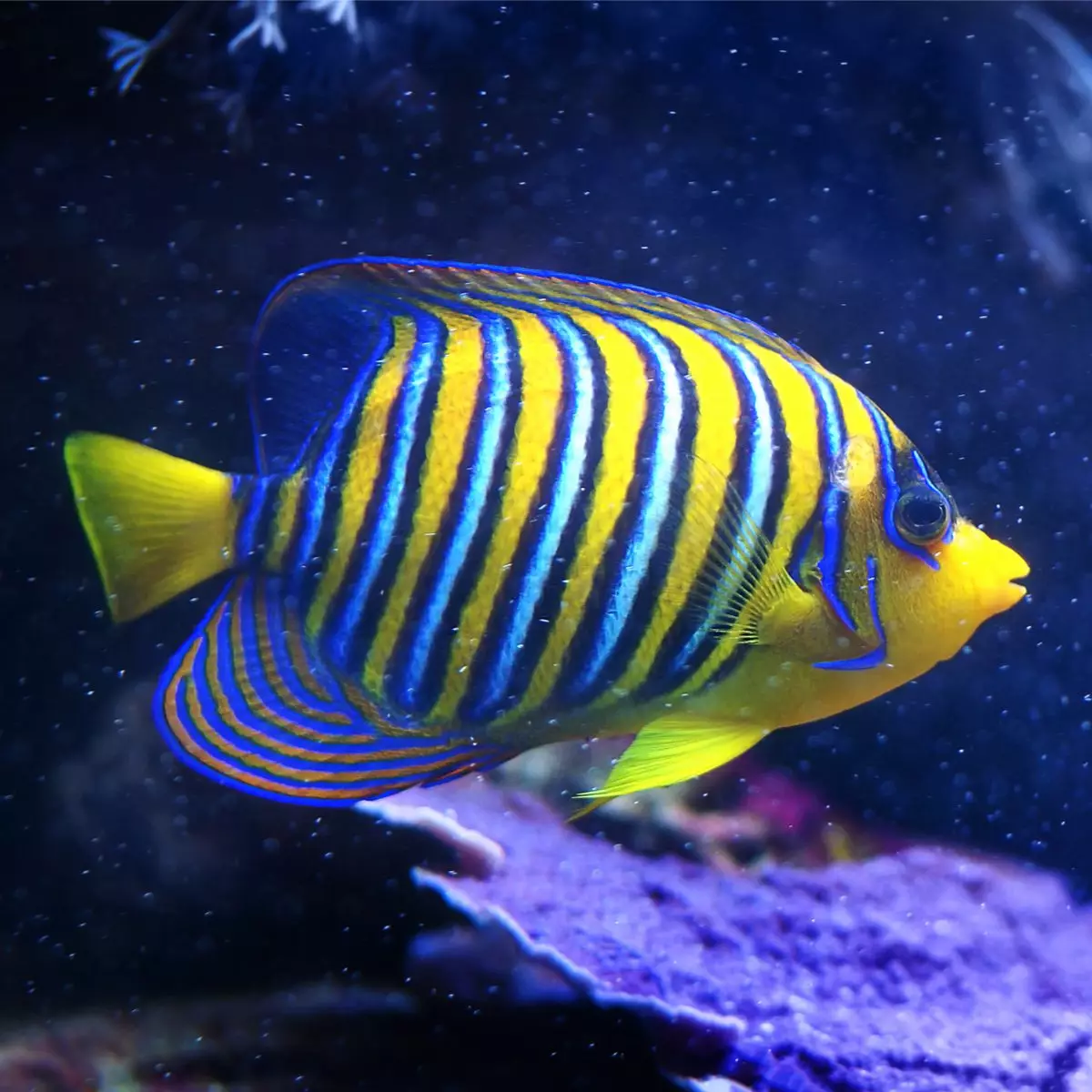

Reviews
There are no reviews yet.